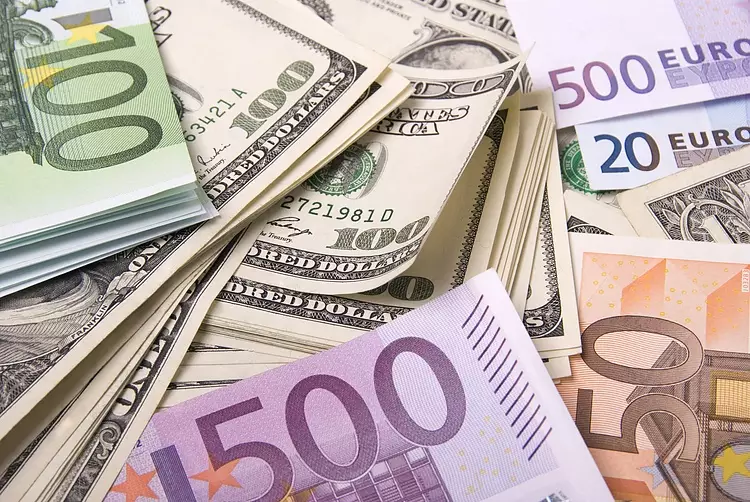In recent trading sessions, the EUR/USD currency pair has exhibited a notable decline, shedding approximately 0.2% on Tuesday alone. This downward trend raises critical questions about the resilience of the Euro in the face of ongoing economic pressures. Investors and analysts are keenly observing these fluctuations, as they signify deeper underlying issues affecting the Eurozone’s financial stability and economic outlook.
One pivotal factor contributing to the Euro’s weakened position is the recent results from the European Central Bank (ECB) Bank Survey. This survey, which collects insights from various financial institutions operating within the Eurozone, indicated a dip in investor confidence. The findings suggest that the bullish sentiment surrounding the Euro is perhaps misplaced, given the current economic landscape. As the ECB’s survey reveals cautious optimism rather than robust growth prospects, it becomes evident that investors are quickly recalibrating their expectations regarding the Euro’s performance.
Adding to the complexity of the situation is the market’s anticipation regarding the ECB’s monetary policy decisions in the coming days. Analysts widely expect the Central Bank to implement another rate cut of 25 basis points during its next meeting. Such a move, if confirmed, would be an attempt to stimulate economic growth within the Eurozone. However, these decisions also signal a growing urgency to address stagnant economic metrics and inflationary pressures that have beset the region for some time. The prospect of a rate cut typically weakens a currency, as lower interest rates tend to diminish returns for investors seeking yield.
As news of the expected rate cut and the ECB survey results permeate the market, investor sentiment is understandably vulnerable to shifts. With analysts predicting these developments, we witness a cautious approach from traders and hedge funds—many opt to hedge their positions or retreat to traditionally safer assets. This cautiousness can exacerbate the Euro’s decline, leading to a cycle of underperformance that may be difficult to break without substantive changes in fiscal or monetary policy.
The current trajectory of the EUR/USD pair and the broader fundamental indicators suggest a challenging period ahead for the Euro. With declining investor confidence reflected in the ECB Bank Survey and the looming threat of another rate cut, the Eurozone must navigate carefully through these turbulent waters. Stakeholders in the European economy will need to closely monitor these developments, as the interplay between monetary policy, economic growth, and investor sentiment will determine the Euro’s strength or weakness in the coming months. Ultimately, proactive measures and strategic communications from the ECB could play a critical role in restoring faith in the Euro and stabilizing its market performance.

